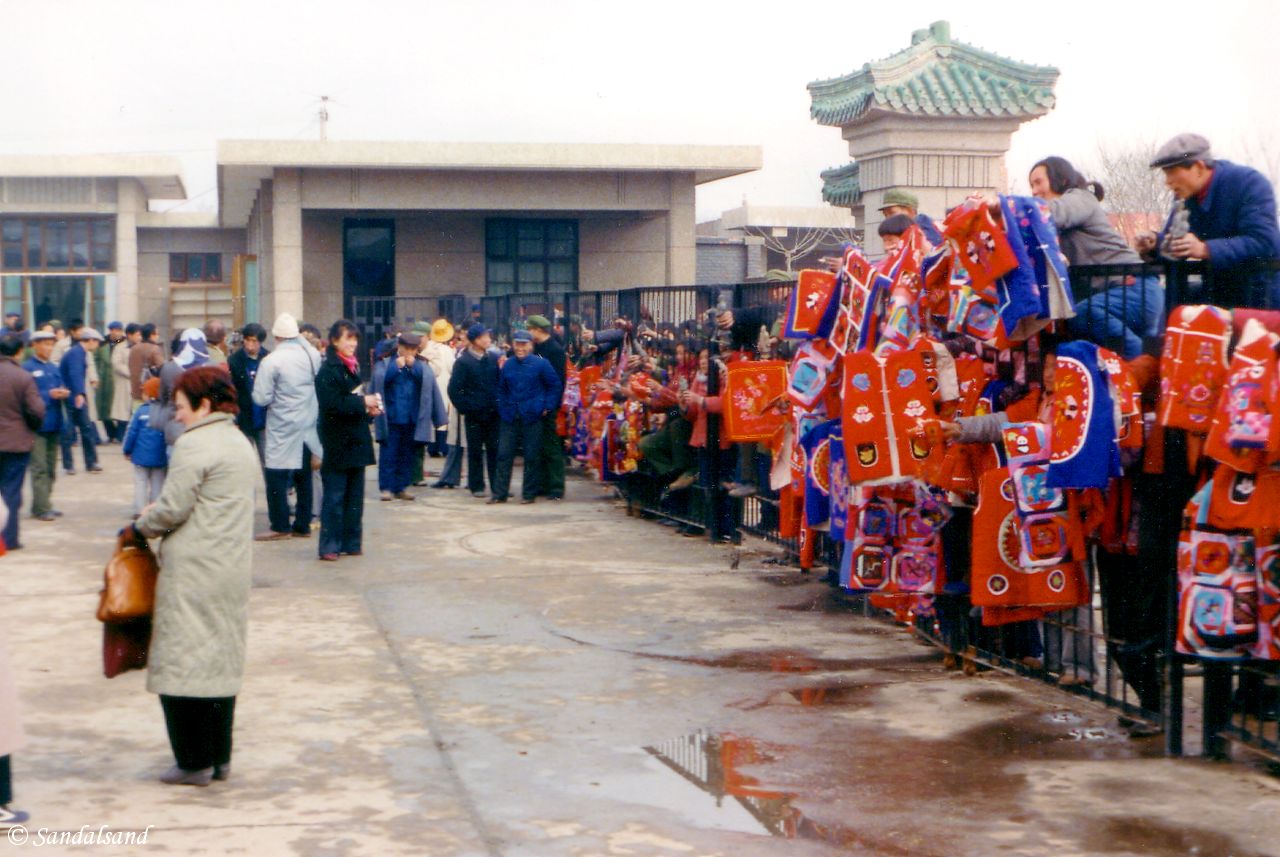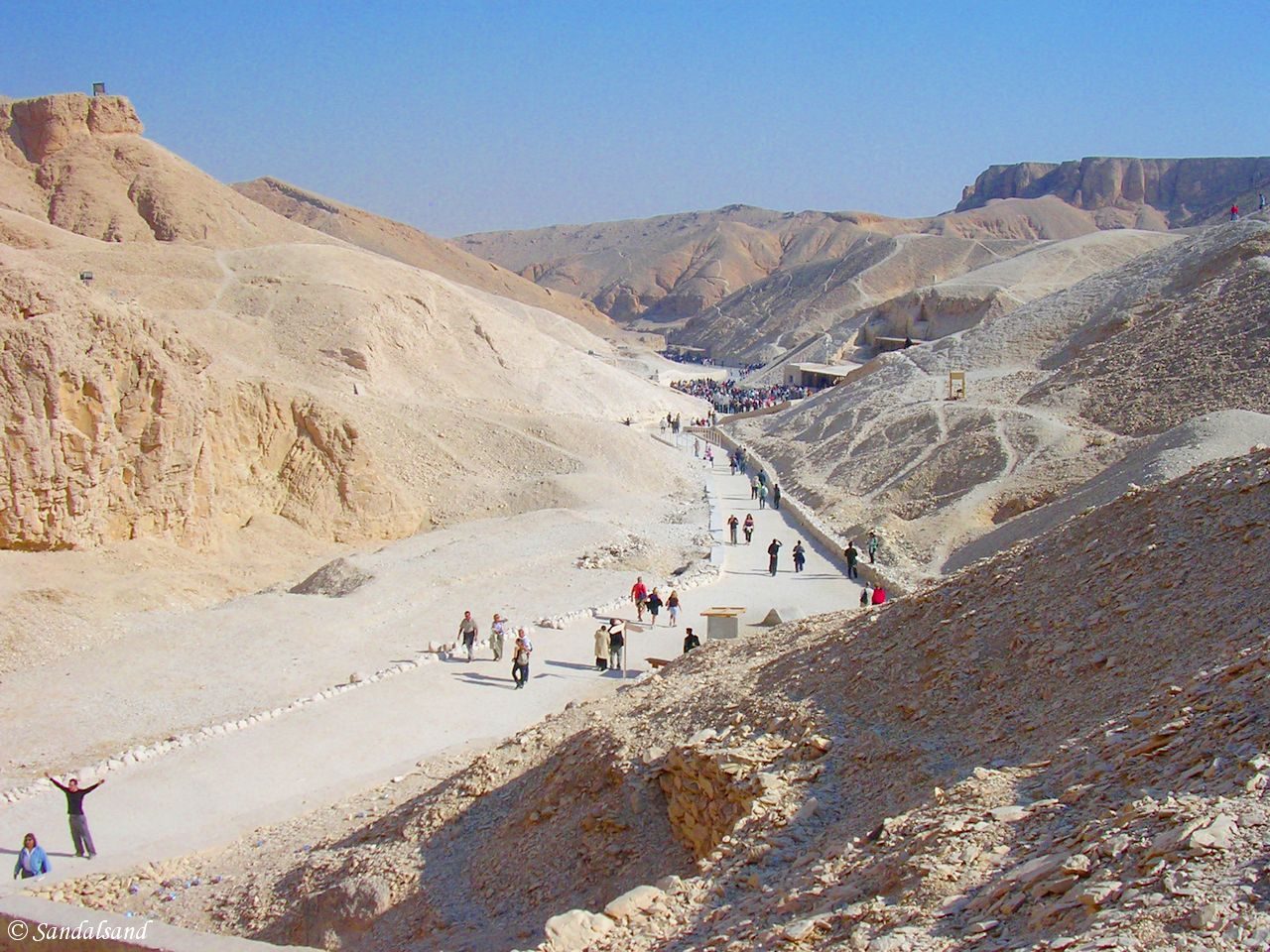What happens after death? Some burial sites are also World Heritage Sites. Rich people, like kings, emperors and nobles have for thousands of years been concerned about their heritage.
Some of them have in modern times and long after their death, got UNESCO on the bait, resulting in their final resting places being designated as World Heritage Sites. Here is a handful. If you are interested in religion, check out this Wikipedia article.
Burial sites as World Heritage Sites in Egypt
Memphis and its Necropolis – the Pyramid Fields from Giza to Dahshur includes the Khufu pyramid in the Giza area outside Cairo, Egypt. This is the world’s largest tomb in terms of volume. There are more pyramids in this area and elsewhere in Egypt. The pyramids are perfect show-offs of the semi-god’s importance. As we know customs changed in the ancient Egypt and many pharaos decided to have their burial chambers built into artificial caves in the Valley of the Kings and the Valley of the Queens outside Luxor. This is a also part of a World Heritage Site, the Ancient Thebes with its Necropolis (Luxor).
Egypt – Waiting to enter the tomb of Tut-Ankh-Amon in the Valley of the Kings, Luxor
Burial sites as World Heritage Sites in China
Two burial sites in China are also on the World Heritage List:
The Imperial Tombs of the Ming and Qing Dynasties are located on several sites, including the Ming tombs north of Beijing. I made a visit to these tombs dating from the period ca. 1450-1650 on my way to the Great Wall at Badaling.
Mausoleum of the First Qin Emperor: Qin Shi Huang (roughly 200 years BC) started the Qin dynasty. He became the first emperor of a unified China starting an imperial, dynastical tradition lasting for two millennia. Emperor Qin set about building the Great Wall, but the reason he is on my list, as well as UNESCO’s, is that he also constructed a mausoleum for himself in the city of Xian. The emperor is in his after-life protected by 6,000 life-size Terracotta warriors.

Souvenir sellers outside terracotta museum in Xian. It was prohibited to photograph inside the museum, and although the remarkable soldiers in rock have individual faces they are all stone dead. That is not the case with this lot outside, they were very much alive. And I bought some handicrafts.
Burial sites as World Heritage Sites in India
Then we have one of the world’s most beautiful buildings, the mausoleum to the favourite wife of Mughal emperor Shah Jahan. It is called Taj Mahal and we find it in the city of Agra in India.

The Taj Mahal in Agra
In Europe, at least, there are many graves of kings, nobles, bishops and so on inside or underneath churches and cathedrals. Compared to the above, they are very unassertive.
Further reading
All chapters in this series about Religious Buildings.
(1) Introduction
I, Places of worship (chapters 2-6) Read the first
II, Monasteries and educational institutions (chapter 7) Read
III, Housing for the deity itself or its premier representatives (chapter 8) Read
IV, After death (this part)
(9) After death – Cemeteries as final resting places
(10) After death – Burial sites as World Heritage Sites
(11) After death – Taking care of human remains
(12) After death – Special memorials, with no identified dead persons


